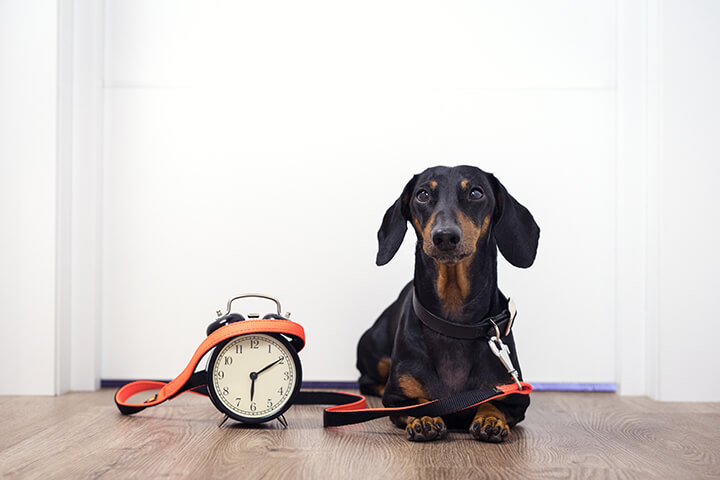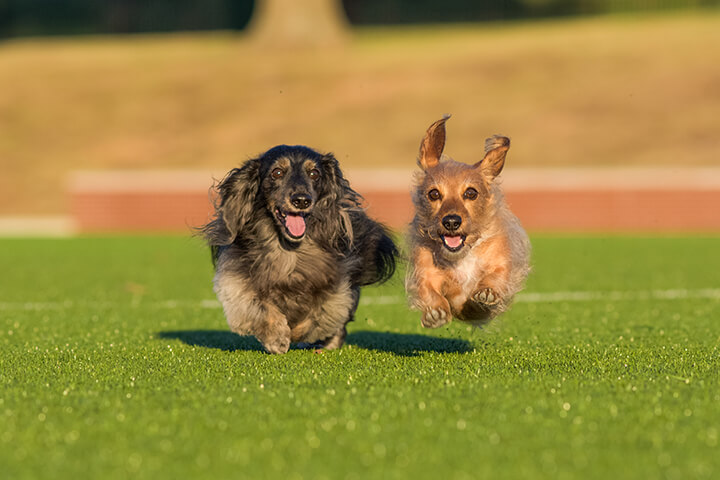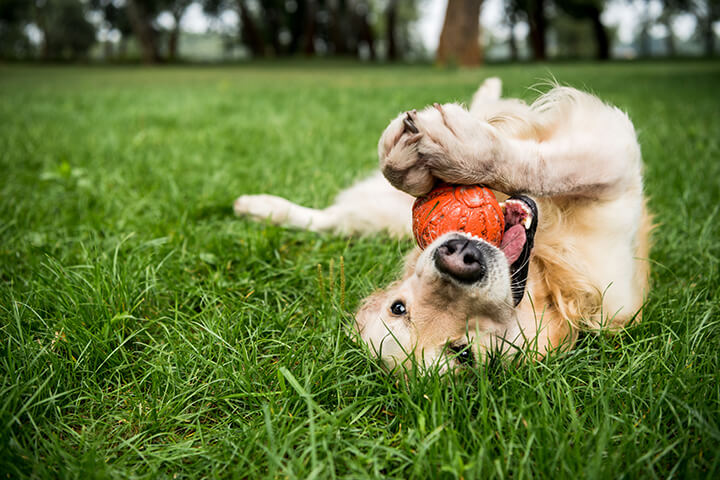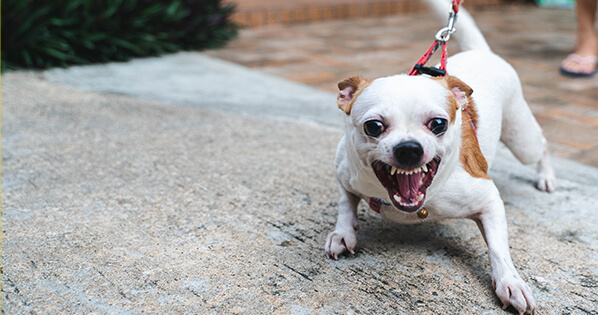
Just like humans, dogs are happiest when they have a mentally balanced environment. As their caretaker, we are responsible for showing them right from wrong, providing a healthy routine, and making sure they get the mental and physical stimulation they need. In our last blog we touched on the top three mistakes that you may be making with your dog at home, so let’s jump into 3 more common mistakes that can mess with your furry friend’s mental and physical balance.
As always, these mistakes are easily trainable once you can identify them and correct them!
1
Only reinforcing the positive, but not addressing the negative

An important aspect of being a good leader for your dog is giving clear direction. By doing this, you are providing leadership and teaching your dog right from wrong. However, many owners do not believe in correcting their dog and are against punishment of any kind, or don’t know how to sternly but safely provide the correction. The main problem with this “positive only” style is that you are only teaching your dog the right. By ignoring the negative and not clearly letting them know, you are creating confusion and imbalance for your canine. This will lead to frustration, disobedience, and lack of respect from your furry friend.
How to fix: The simple fix to this problem is to correct the undesired behaviors and reinforce the desired ones. When your dog is behaving the way you desire, it is always important to reward that. Simple commands like “good boy, sit” paired with affection go a long way in teaching your dog the right! As for the wrong, knowing how to sternly but safely correct your dog is the key to punishing negative behavior properly (read more about corrections here).
2
Not establishing a consistent routine

Building off our last point about direction, a routine is a simple and effective way to establish expectations, boundaries, and balance. Dogs are innately tied to routine, as their survival would depend on their perception of time and schedule in the wild. Therefore, it is our job to provide structure for them to succeed in our homes. Using a routine is an easy and effective way to establish expectations with your dog. By establishing this expectation, your dog will feel confident in knowing when he gets his next meal, when she gets his next walk, or when they are going potty next. This routine also creates clear direction for your dog, because they are able to predict what is going to happen next. As a result, a good routine decreases anxiety and leads to a more mentally balanced dog.
How to fix: Incorporating a daily routine for your dog is an easy fix and can be done once a day to start. Here is an example of a morning routine:
Morning routine for a balanced dog
7AM: Wake up and take dog for walk
8AM: Basic Obedience Session (Sit, Down, Wait, Come)
8:30AM: Feeding
8:45AM: Affection Timing (Reward for the routine)
9AM: Crate Time / Alone Time (to promote self-soothing and independence)
As your dog gets more comfortable with the schedule, you can add the same routine in the evening as well! The more structure you provide, the more expectation you create for your dog. These expectations lead to an understanding of the schedule as well as decreased anxiety, reactivity, and fear.
3
Not providing enough stimulation

It is important to remember that dogs need daily exercise daily to be mentally balanced! While many owners only look at exercise from a physical aspect, there is also a large mental component to it. This mental aspect is called stimulation, and your dog needs it every day in order to stay mentally balanced.
In the same way they need exercise, discipline, and boundaries, your dog needs to use their brain by going to new places, meeting new dogs, investigating new smells, and playing with toys! For this reason, if your dog is in the backyard every day, it is not getting the stimulation it needs. Even if you have acres of property, your dog needs new stimuli in order to exhaust his brain and remain balanced. If she is in the same backyard or walk everyday with the same people, and same smells, your dog is not getting the mental stimulation that they need.

How to fix: This is another fix that can be easily implemented into your daily routine! Try taking your dog on a new walking route, driving it in the car for a “destination walk”, or going for a hike a few times a week. Even on rainy days, there are ways to keep your dog stimulated too. Meeting new dogs, visiting dog parks, going to new places, and encountering new stimuli is the key to having a happy and confident dog. By doing so, you are providing a balanced environment and creating an amazing companion for you and the world to share!
These three mistakes are some of the most common issues I have seen get in the way of having a well-balanced dog, both mentally and physically. If you are struggling with any of these issues, try applying these fixes and let us know how they are helping! We also offer free behavior assessments to help outline your goals and create actionable plans for your issues!



